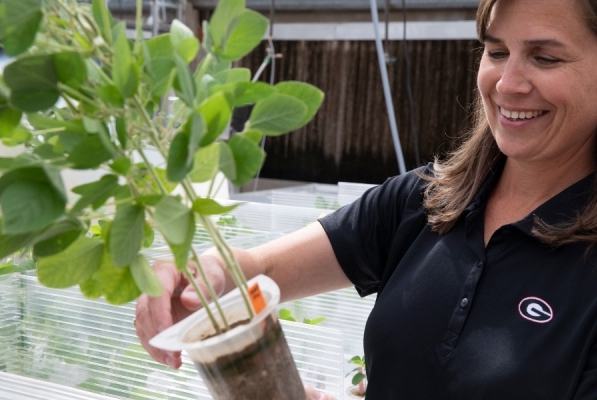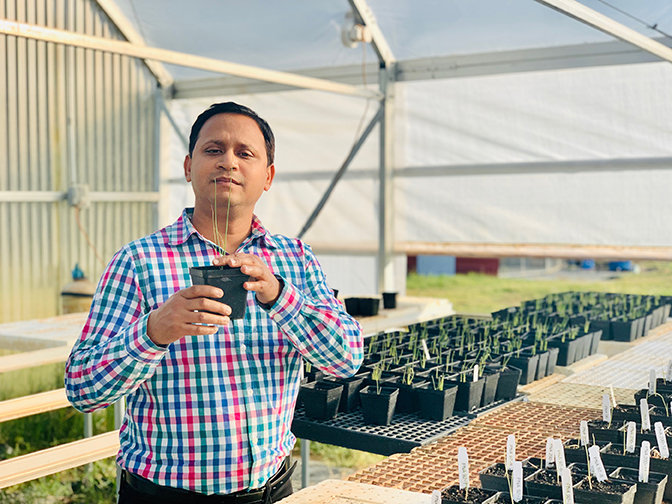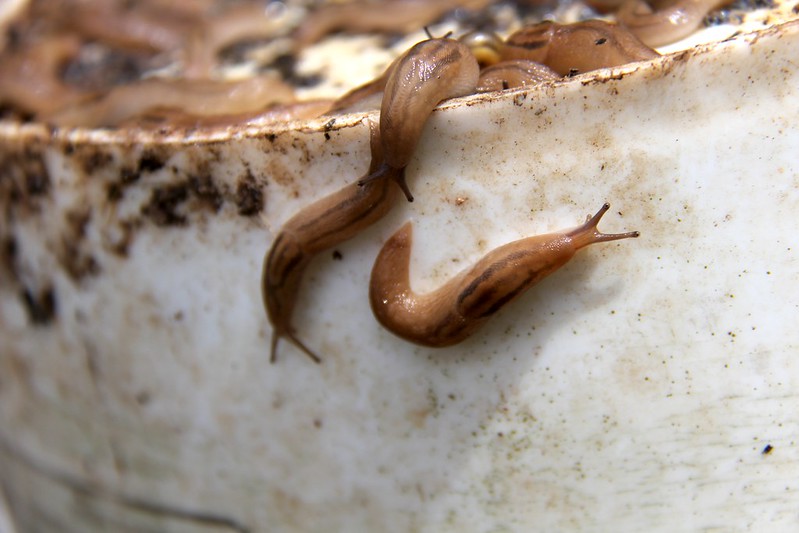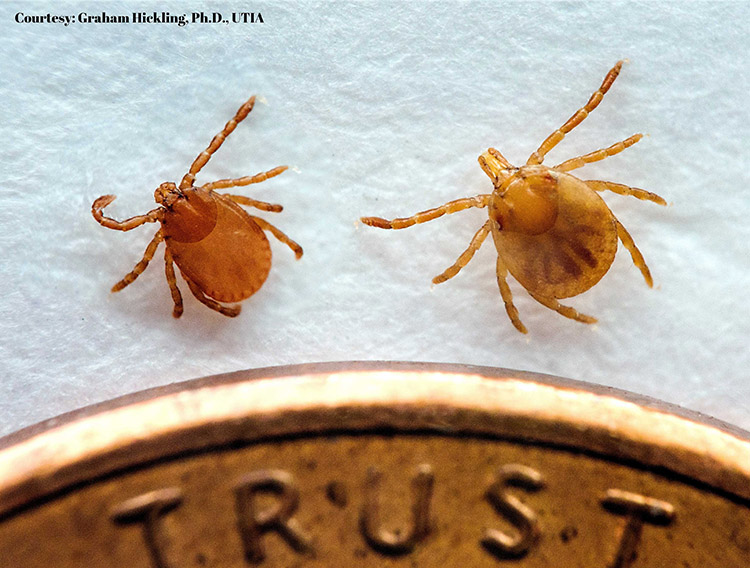.jpg) CAES News
CAES News
Report Tegus
Warming temperatures will have tegus on the move in southeast Georgia. Reporting sightings of tegus, alive or dead, is needed to keep the big, South American lizards from gaining a foothold in the state, according to the Georgia Department of Natural Resources.


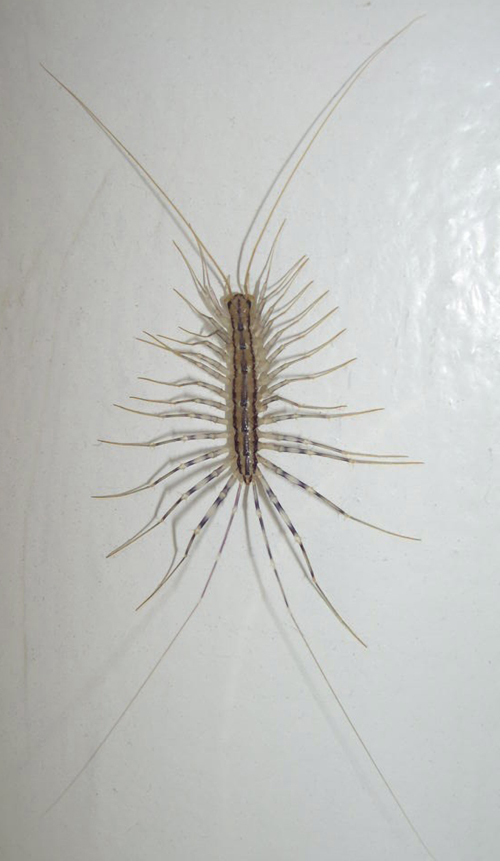
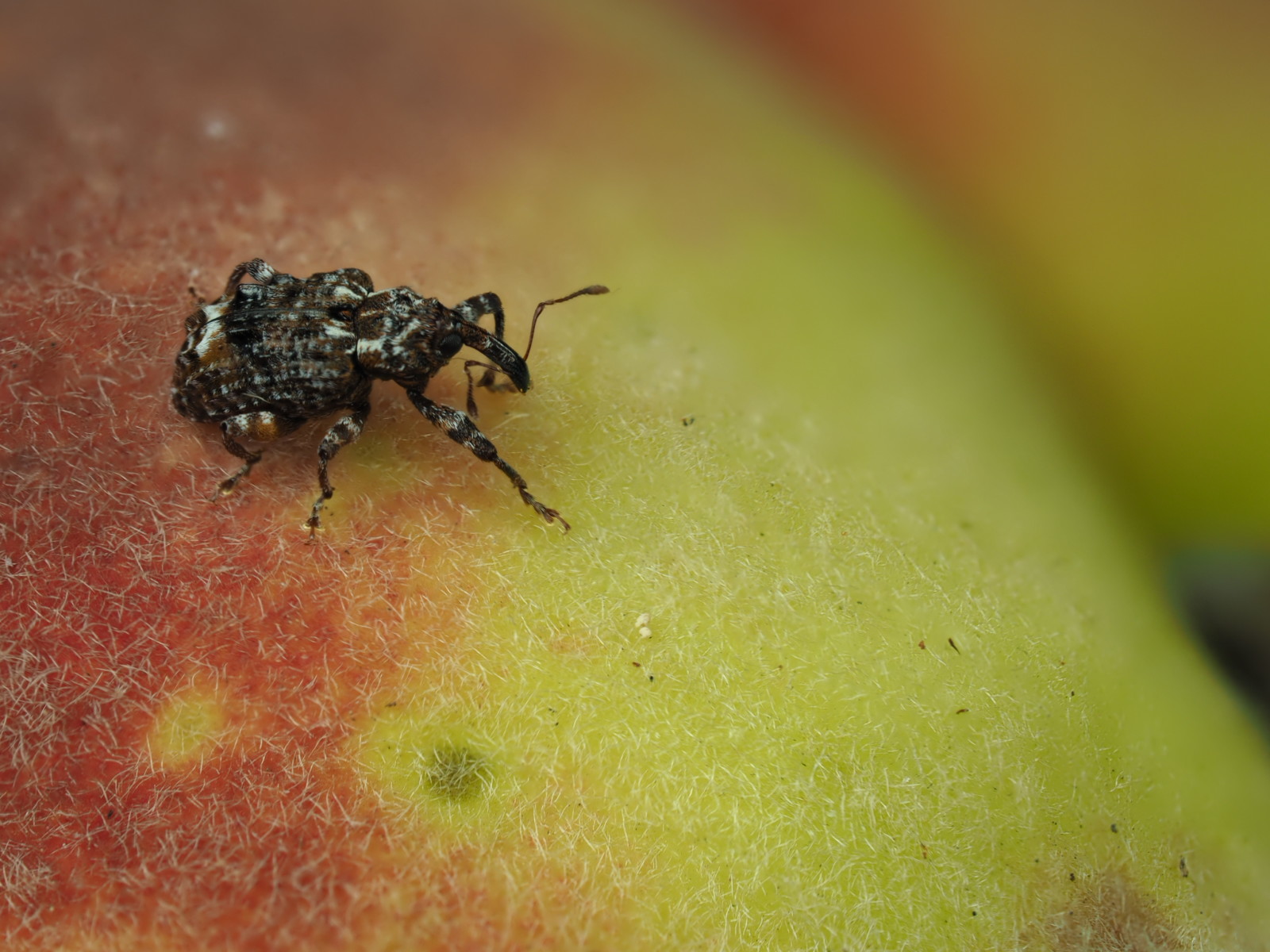
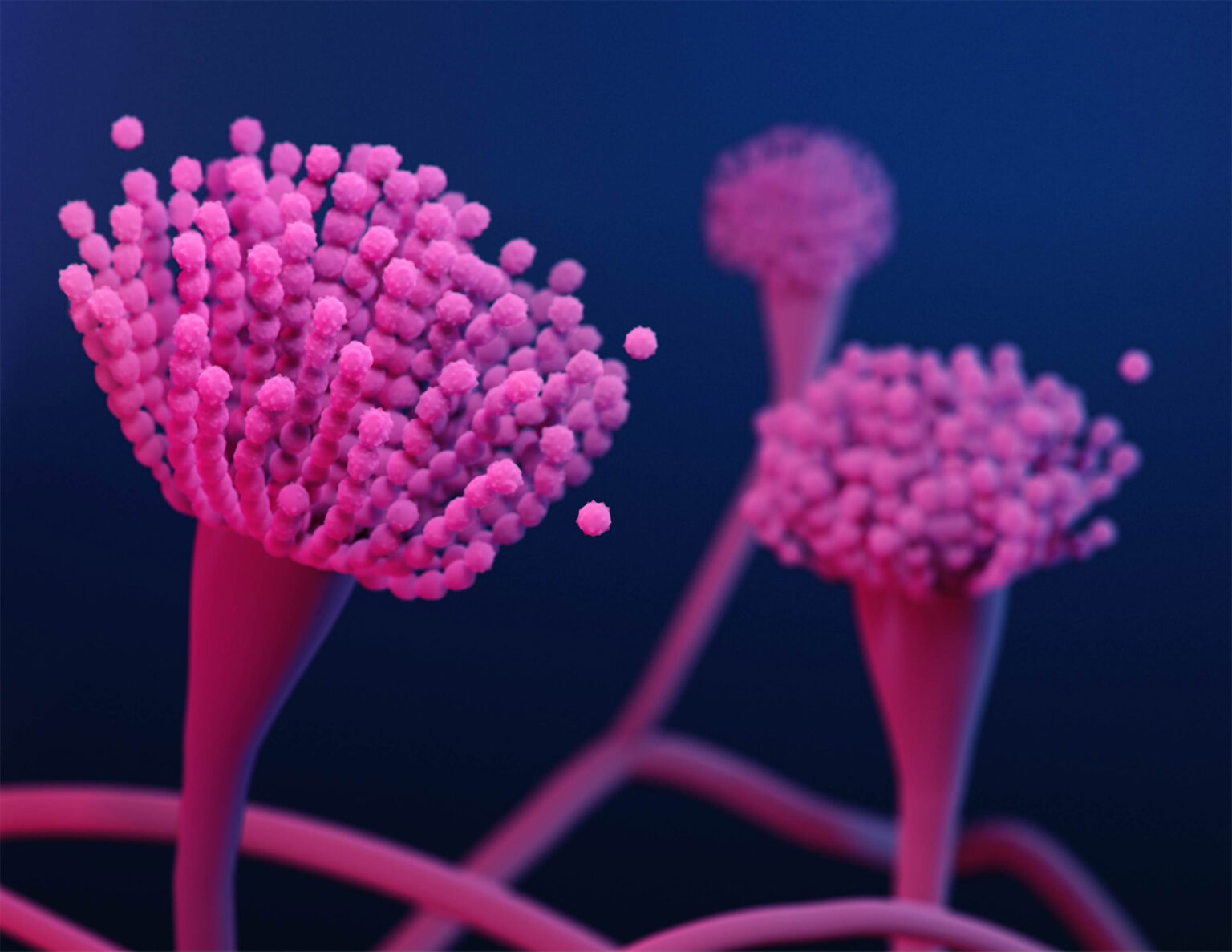
.jpeg)
